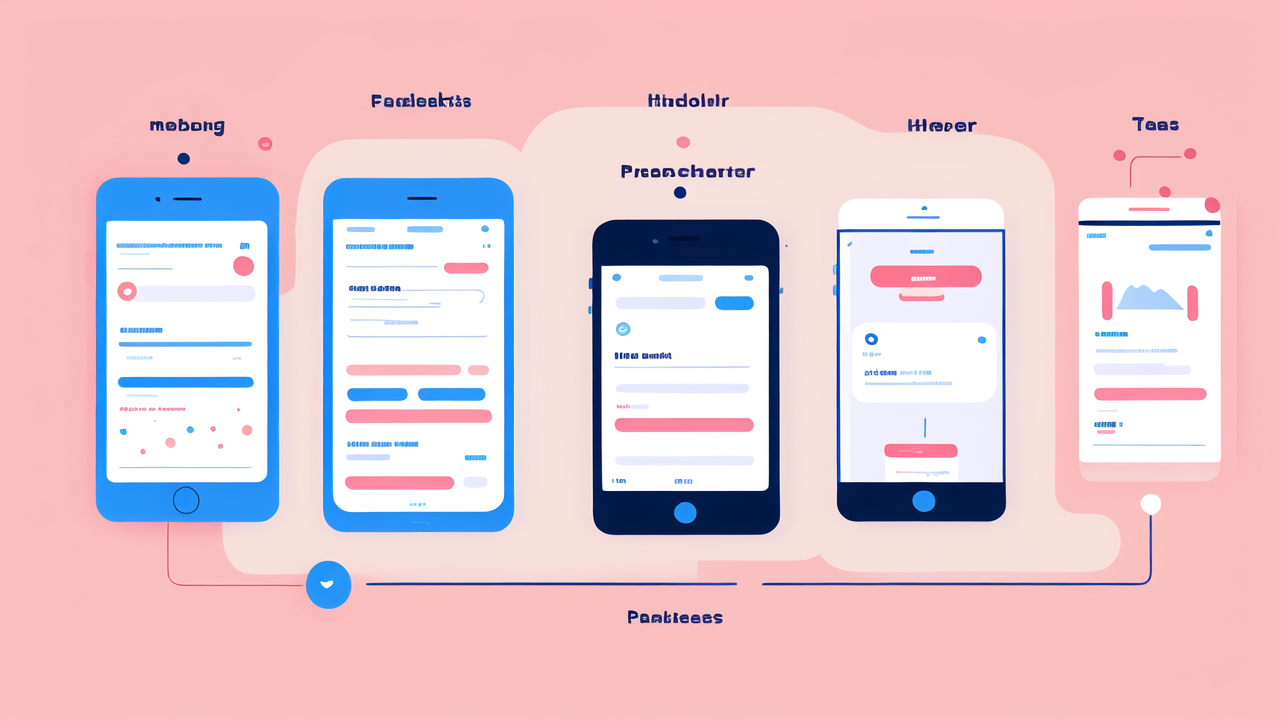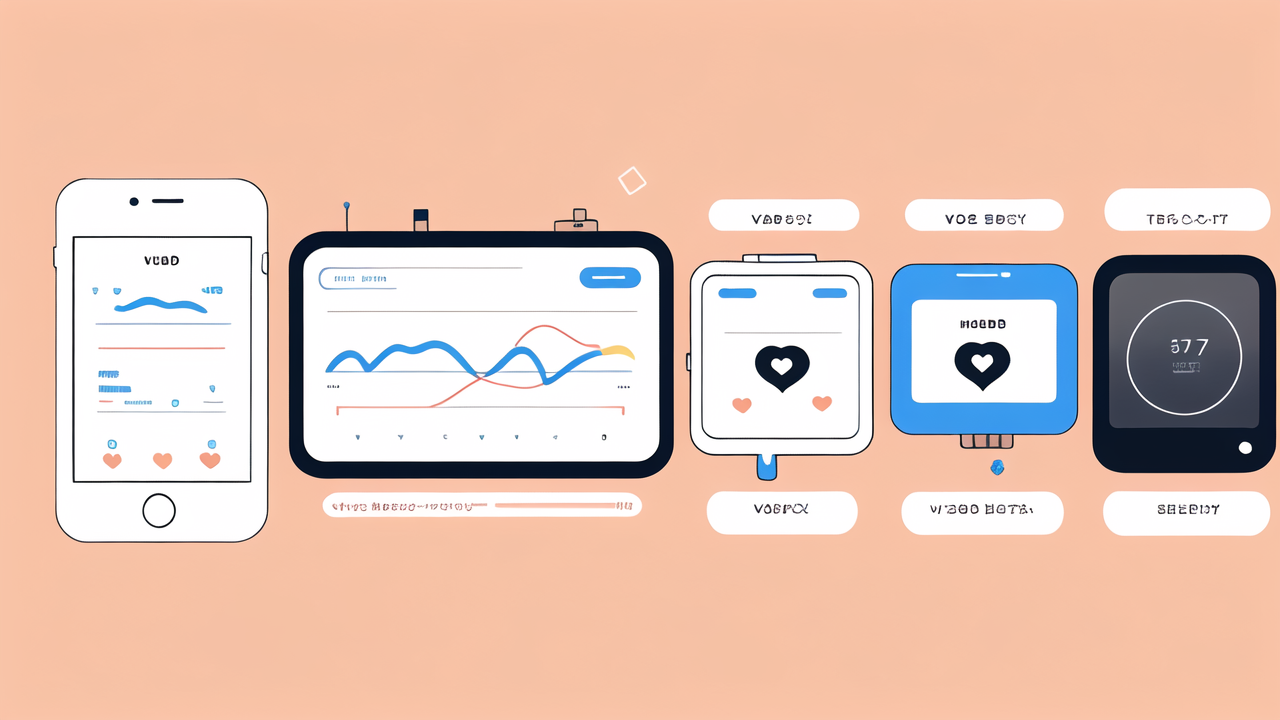Understanding the Demand for Activity Tracking Watches in the United States
The Evolution of Fitness and Technology Trends
Fitness and tech trends have merged, creating a booming market for activity tracker watches. These devices have come a long way from simple step counters. Now, they offer a range of features to monitor health and fitness.

The evolution began with basic pedometers. It then moved to more advanced devices that track heart rate and sleep patterns. Today's trackers can measure stress levels, blood oxygen, and even detect falls.
This progress reflects a growing interest in personal health data. People want to take control of their wellness journey. Activity trackers provide the tools to do just that.
Market Segmentation: Who is Buying Activity Tracker Watches?
Activity tracker watches appeal to a diverse group of consumers. Each segment has unique needs and preferences.
- Fitness enthusiasts: They seek detailed workout data and performance metrics.
- Health-conscious individuals: They focus on overall wellness tracking.
- Tech-savvy users: They value smart features and device integration.
- Seniors: They appreciate health monitoring and safety features.
- Parents: They use trackers to monitor their children's activity levels.
Understanding these segments helps companies tailor their products. It allows them to meet specific consumer needs and preferences.
Regulatory Landscape for Wearable Technology Devices
The regulatory landscape for wearable tech is complex and evolving. In the US, several agencies oversee these devices.
The FDA regulates wearables that make medical claims. This includes devices that monitor heart health or blood glucose. The FCC ensures that wearables meet wireless communication standards.
Privacy is a major concern. Laws like HIPAA protect health data collected by some devices. Companies must ensure their products comply with data protection regulations.
As wearables become more advanced, regulations may need to adapt. This could impact how companies develop and market their products.
Key Players in the Activity Tracker Watch Industry
Overview of FILA and Apex in the US Market
FILA and Apex are two notable players in the US activity tracker market. Both offer a range of wearable devices catering to different consumer needs.

FILA, known for its sportswear, has expanded into the tech market. Their activity trackers focus on sports performance and style. They appeal to fitness enthusiasts and fashion-conscious consumers.
Apex, on the other hand, is a tech-focused brand. They offer a wide range of features in their devices. Apex targets users who want comprehensive health and fitness tracking.
Both brands have carved out their niches in the competitive US market. They continue to innovate and adapt to changing consumer demands.
Comparative Analysis: FILA vs. Apex Activity Tracker Features
FILA and Apex offer distinct features in their activity tracker watches. Here's a comparison of their key offerings:
- Design: FILA focuses on sporty, stylish designs. Apex opts for sleek, tech-forward looks.
- Battery life: Apex generally offers longer battery life.
- Water resistance: Both provide water-resistant models, with varying levels of protection.
- Health tracking: Apex tends to offer more comprehensive health monitoring features.
- Sport modes: FILA excels in sports-specific tracking modes.
- Smart features: Apex typically includes more smart functions like notifications and payments.
- Price: FILA often offers more budget-friendly options.
These differences cater to varied consumer preferences and needs in the market.
Strategic Partnerships and Innovations in Activity Tracking Technology
Strategic partnerships play a crucial role in advancing activity tracking technology. Both FILA and Apex have embraced this approach.
FILA has partnered with tech companies to enhance their devices' capabilities. These collaborations have led to improved sensor technology and data analysis.
Apex has focused on partnerships in the healthcare sector. This has resulted in features that bridge the gap between consumer and medical-grade devices.
Innovations in this field are ongoing. New sensors can track more health metrics. AI integration is improving data interpretation and personalized recommendations.
These partnerships and innovations are shaping the future of activity trackers. They're making devices more accurate, useful, and tailored to user needs.
Predicting the Future: Trends and Opportunities in Activity Tracking Watches
The Role of AI and Machine Learning in Enhancing User Experience
AI and machine learning are set to revolutionize activity tracking watches. These technologies will make devices smarter and more personalized.

AI can analyze vast amounts of user data. This allows for more accurate health insights and predictions. Machine learning algorithms can adapt to individual user patterns. This leads to more tailored fitness recommendations.
In the future, we may see activity trackers that can:
- Predict potential health issues before they occur
- Provide real-time coaching during workouts
- Adjust daily goals based on user's stress levels and sleep quality
- Offer personalized nutrition advice based on activity and health data
These advancements will greatly enhance the user experience. They'll make activity trackers more valuable tools for health and fitness.
Sustainability and Ethical Considerations in Wearable Technology
As the wearable tech industry grows, sustainability and ethics become increasingly important. Consumers are more aware of these issues, influencing their buying decisions.
Sustainability concerns include:
- Use of eco-friendly materials in device production
- Reducing electronic waste through longer-lasting batteries and modular designs
- Implementing recycling programs for old devices
Ethical considerations involve:
- Ensuring data privacy and security
- Addressing potential health impacts of long-term device use
- Promoting responsible use of health data
Companies like FILA and Apex are likely to focus more on these areas. We may see the rise of 'green' activity trackers and stricter data protection measures.
Potential Growth: Identifying New Markets and Consumer Needs
The activity tracker market has room for growth. New markets and consumer needs are emerging.
Potential growth areas include:
- Senior care: Devices tailored for older adults, focusing on fall detection and medication reminders
- Child safety: Trackers designed for children, with GPS and communication features
- Corporate wellness: Integration with employee health programs
- Chronic disease management: Devices that help monitor and manage long-term health conditions
To tap into these markets, companies will need to innovate. They'll have to create devices that are more specialized and targeted.
The future of activity tracker watches is bright. As technology advances and consumer needs evolve, we can expect to see even more exciting developments in this field.




Leave a comment
This site is protected by hCaptcha and the hCaptcha Privacy Policy and Terms of Service apply.